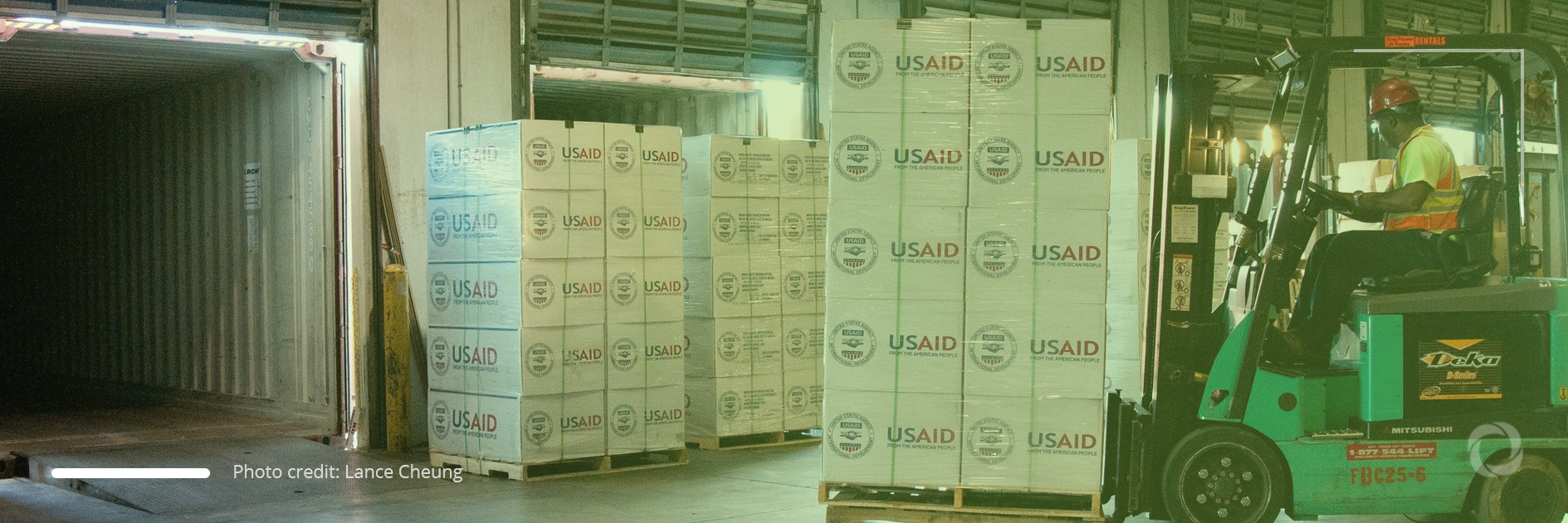In 2022, a peer review team led by France and Norway will examine U.S. international aid through the lens of the best development practices and global commitments. It is expected to provide an opportunity for the American government and stakeholders to take stock and rethink strategically how the U.S. can maximize its global investments and better advance its development goals and mission.
The peer-review will be conducted by the Development Assistance Committee of the Organisation for Economic Co-operation and Development, the standard-bearer of development cooperation that includes many of the largest providers of foreign assistance. The last United States peer review was published in 2016. Two Senior Fellows at the Brookings Institution, George Ingram and Anthony F. Pipa interviewed experienced development experts and former U.S. government officials and identified the strengths and opportunities that the review could focus on.
Rationale
With over 20 U.S. government agencies managing foreign assistance and a complex 60-year-old legislative foundation (the Foreign Assistance Act of 1961), the rationale of the U.S. government’s foreign assistance policies and programs is an inconsistent work in progress. One of the main challenges is that there is no overarching strategy or structure that could bring together various policies and actors to pursue common goals.
The Obama administration sought to strengthen a government-wide policy on global development through Presidential Policy Directive no.6 which called for a U.S. global development strategy and a permanent interagency policy council, neither of which were created. The Trump administration did not subsequently take over this initiative.
The Biden administration has appointed a USAID Administrator to sit on the National Security Council. The expected presidential memo on development cooperation policy would be an additional opportunity to bring coherence to the diverse programs of external assistance. The way it would be enacted and the implementation of the mechanisms it calls for would be key to providing a framework for a more coherent and effective U.S. development cooperation, including for fulfilling its responsibilities as a global leader.
Renewal of the U.S. development leadership
President Biden and USAID Administrator Samantha Power seek to renew the U.S. development leadership by addressing several pressing issues such as:
All these priorities require changes in scaling and modalities of donor support. They require large-scale, long-term, multi-party collaboration and strong country ownership. To secure its position of global leader in the sector, the U.S. is expected to pass a National Security Strategy later this year that is due to emphasize a “commitment to global development and international cooperation”.
Ingram and Pipa identified that the global development challenges stated by the current administration require a scale of funding that goes well beyond the official development aid. This is why the Development Assistance Committee should take into account U.S. experience in establishing partnerships with the corporate sector, including combining aid with the U.S. International Development Finance Corporation’s capital to mobilize private investment for development purposes.
Findings
The authors of the article consider that the complex development sector of the United States, which encompasses multiple government actors and initiatives, legislative and regulatory constraints, numerous administrative processes and requirements combined with the real or self-appointed position of the U.S. as a global leader, place significant constraints on the capacity of the U.S. to act as a genuine partner with other donors. The United States would only benefit from applying a “collaborative mode of leadership” thus affirming its leadership by listening to its partners, making room for a variety of actors to lead, and working to build consensus on the way forward.
The county’s policymakers have yet to identify the role of the United States in the current global context where decision-making and influence are constantly evolving in an often-changing configuration of governments, corporations, international organizations, civil society organizations, and informal multiparty alliances.
The scale of the American development assistance places the country at the forefront of setting global policies and programs but it does not have a plan to mobilize the level of resources, either its own and/or that of its partners, necessary to match the ambitions of its global policies and priorities. A thorough analysis of both the required resources and the means of mobilizing them would allow for greater impact. This peer review gives the opportunity for an important step in this regard, conclude the two Brookings Institution Fellows.
U.S.’ official development assistance figures
Nearly US$70 billion of U.S. taxpayer money was transferred as “aid” to countries outside the United States in 2019 and 2020 and the biggest share of this aid was assigned through USAID. The overall U.S. foreign assistance for the fiscal year 2021 was US$57.4 billion with a further US$16.1 billion being added to the emergency assistance, mainly for COVID-19-related programs.
Besides money, American foreign aid can also contribute food or technical support which can broadly be divided into economic and military assistance. According to Concern Worldwide U.S, in 2021 the United States budgeted US$38 billion in foreign economic aid and had disbursed over US$32 billion by the beginning of February this year. Almost 25% of that budget went to just 10 countries:
In 2021, each of these countries received only economic funding and no military assistance, mainly to support maternal and child health, emergency response, and food security.

